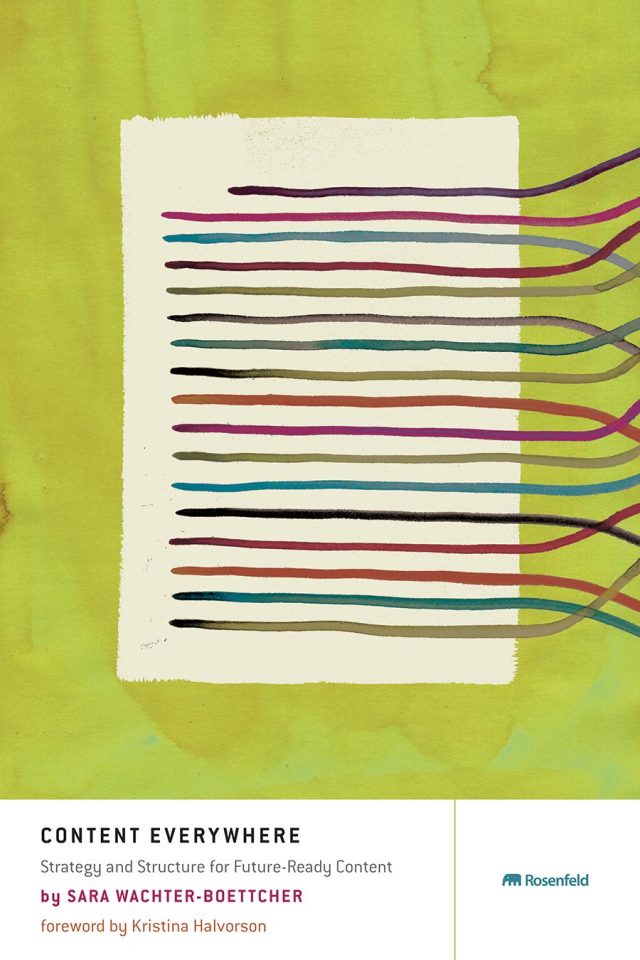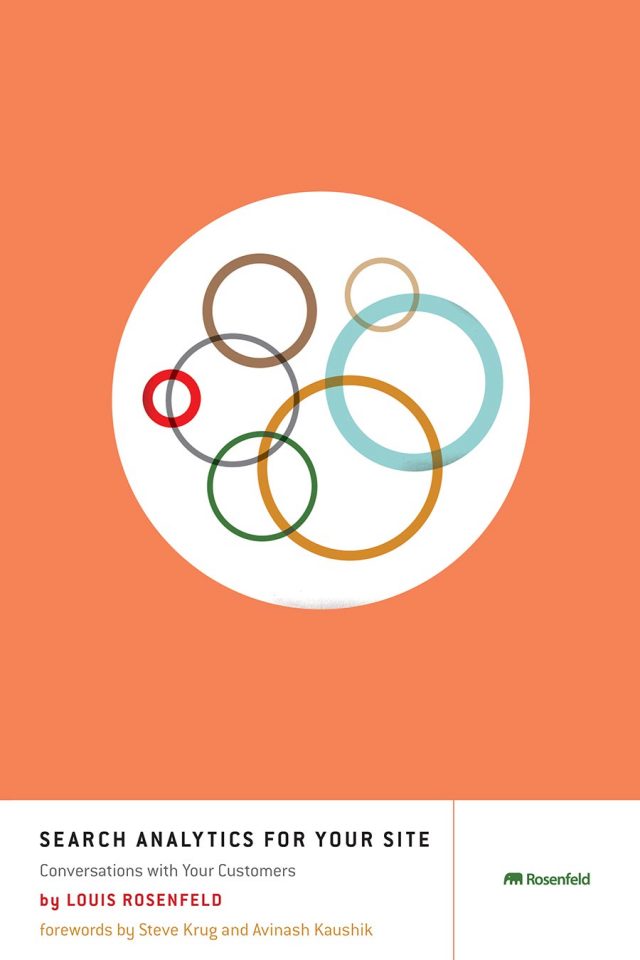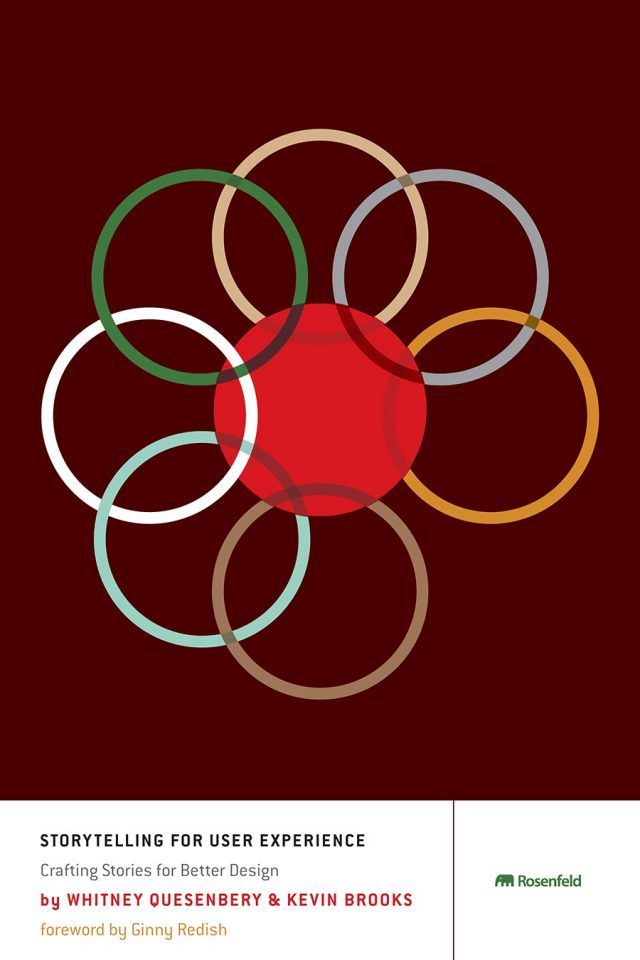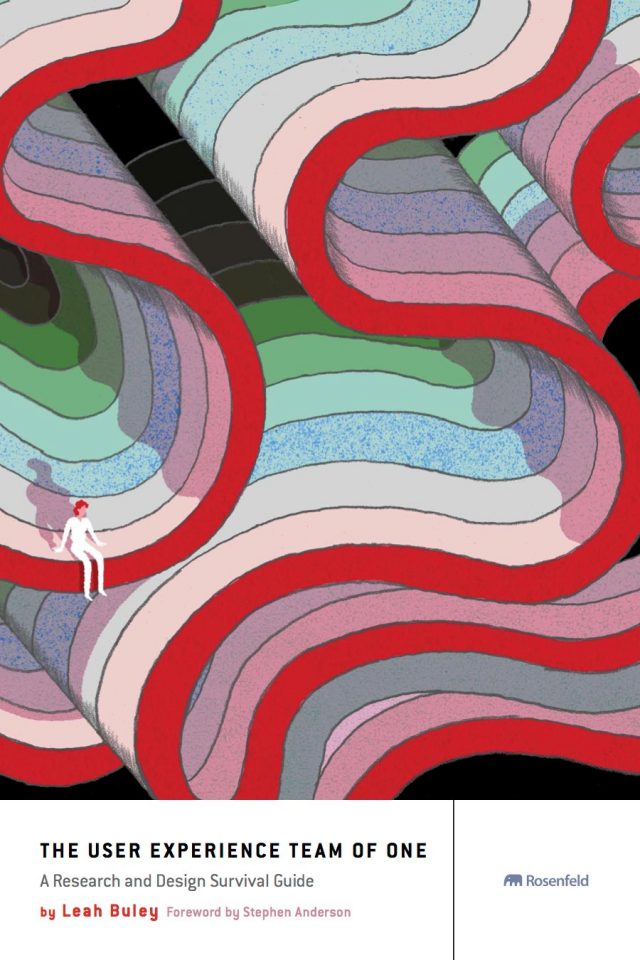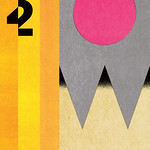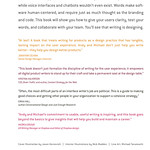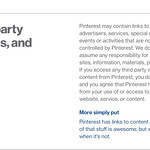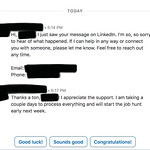I wrote my first website copy in 2006. My client was a luxury condo development with a faintly ridiculous name, and my only source content was a print ad full of corny wine metaphors. I didn’t care. I was 23 years old, and I was writing for a living. I even got benefits! So I sat down and clickety-clacked my way through: Drink in the bold flavor of Bordeaux Heights.
That’s not real, but you get the idea. It was terrible.
Over time, I learned to be useful. To be clear. To make it obvious how things worked and where things were. I like to think I even got pretty good at it. But back then, I didn’t have to think about how to make a complex onboarding flow feel intuitive, or which states we needed to consider in an app, or how to design content for a tiny screen. There were no iPhones—much less smartwatches or FitBits or an app to control your thermostat.
A lot has changed. Interfaces now sit between us and all kinds of intimate moments and critical tasks. And each of those interfaces is full of words—words someone, somewhere has to write.
If you’re that someone, this book will be your new best friend. Because designing interface content takes writing skill, sure. But it also takes curiosity about how things work, and compassion for the people they need to work for. And you’ll find those things here, too.
Andy and Michael have a wealth of experience designing with words, and you’ll see it in the coming pages. But what I love best about this book is that they know great interface writing doesn’t come from lone geniuses with outsized egos. It comes from listening to as many perspectives as possible. In each chapter, they bring you fresh voices with essential knowledge on writing inclusive, accessible interfaces.
So dig in. Because this book is about more than words. It’s about doing work that matters.
—Sara Wachter-Boettcher, author of Technically Wrong, Design for Real Life, and Content Everywhere


